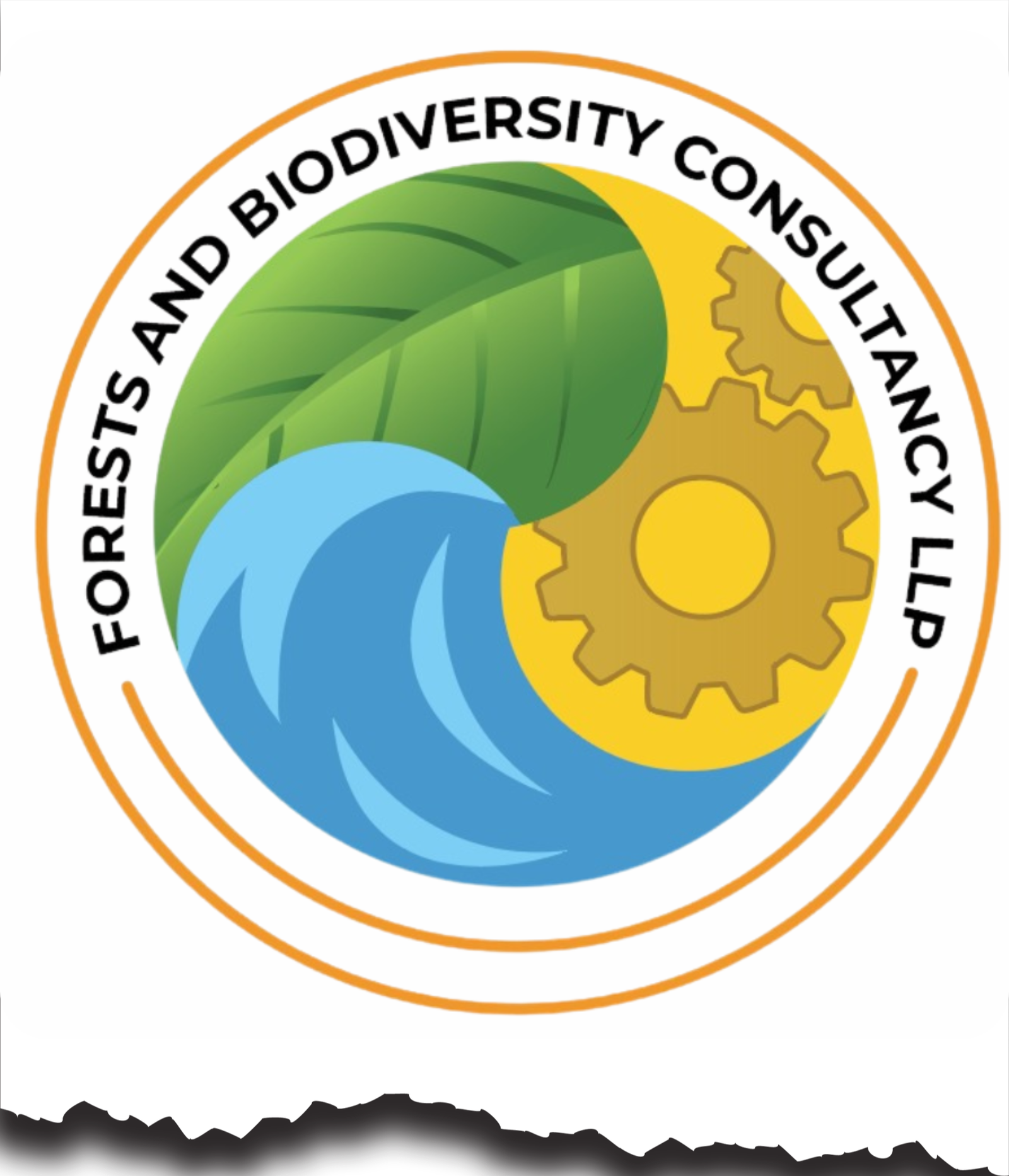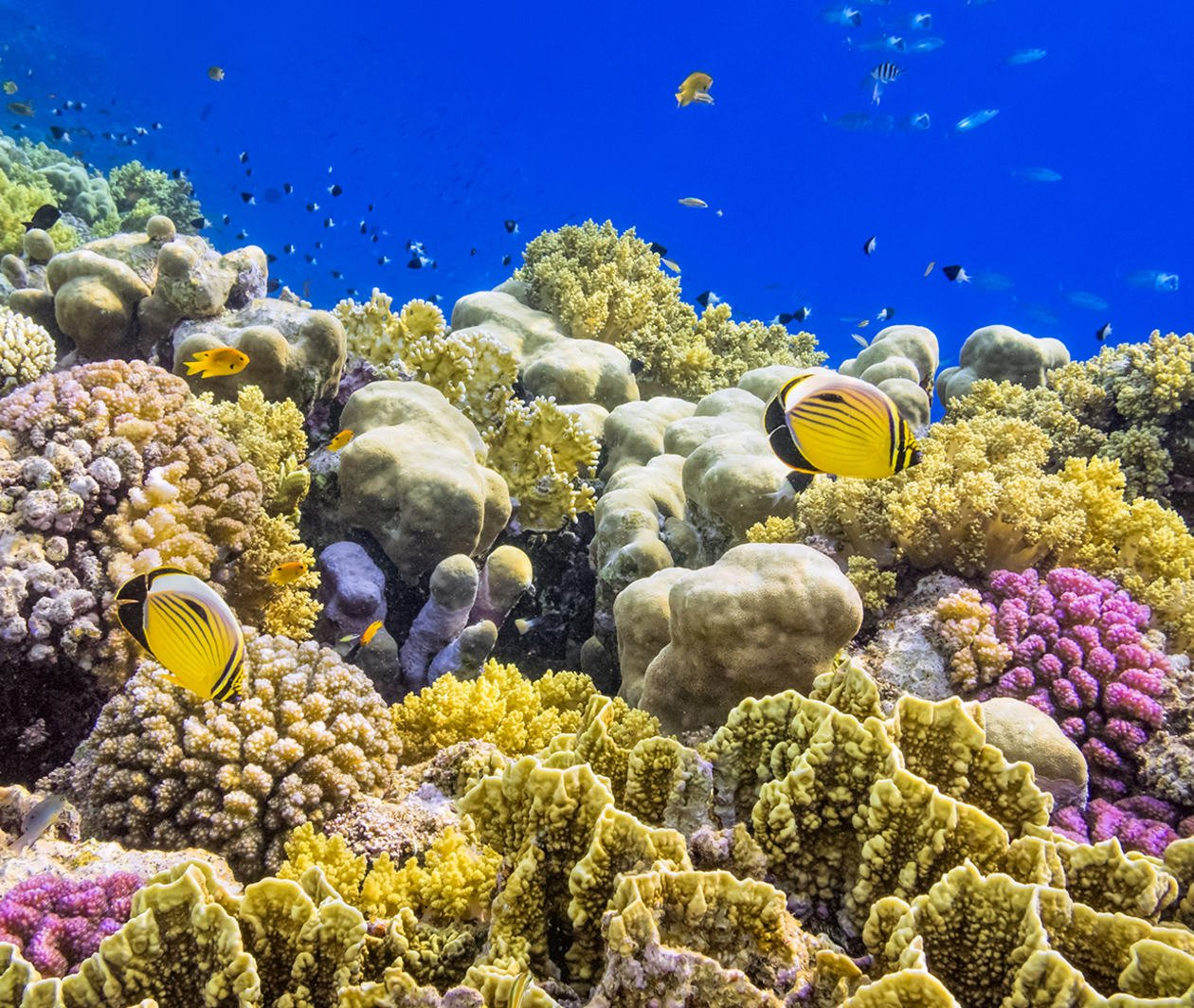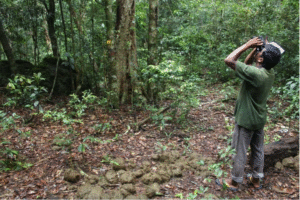Biodiversity conservation has often been viewed through the lens of protecting individual species, but increasingly, scientists and policymakers are recognizing that ecosystems themselves need protection. Without healthy ecosystems, species cannot thrive, and humanity loses critical services such as clean air, water regulation, pollination, and climate stability.
The International Union for Conservation of Nature (IUCN) has developed the Red List of Ecosystems (RLE) as a global standard for ecosystem risk assessment. It provides a scientifically rigorous framework for measuring the health of ecosystems and identifying those at risk of collapse. This approach is vital to meeting global conservation targets and supporting the Kunming-Montreal Global Biodiversity Framework (GBF).
What is the IUCN Red List of Ecosystems?
The IUCN RLE is the first comprehensive international system designed to assess the risk of ecosystem collapse, similar to the IUCN Red List of Threatened Species, which focuses on species-level conservation.
An ecosystem can be defined as a dynamic complex of plants, animals, microorganisms, and their physical environment interacting as a functional unit. Just as species can become endangered or extinct, ecosystems can degrade or collapse, leading to widespread biodiversity loss and negative consequences for human well-being.
The IUCN RLE assigns ecosystems into categories such as Critically Endangered (CR), Endangered (EN), Vulnerable (VU), Near Threatened (NT), or Least Concern (LC).
The RLE Assessment Method
The IUCN RLE uses five criteria to determine the risk level of an ecosystem:
1. Decline in Geographic Distribution
2. Restricted Distribution and Threats
3. Environmental Degradation
4. Disruption of Ecological Processes
5. Probability of Ecosystem Collapse
Global Applications of the RLE
The IUCN RLE has been applied in over 70 countries. Examples include Latin America, Australia, and Africa where it helped identify threatened ecosystems and informed policy and land management decisions.
Why the RLE Matters
1. Policy and Planning – Provides a standardized tool for governments to set conservation priorities.
2. Global Biodiversity Framework – Helps track commitments under the CBD.
3. Climate Adaptation – Identifies ecosystems that provide climate resilience.
4. Funding and Awareness – Guides NGOs and donors in directing resources toward critical ecosystems.
Conclusion
The IUCN Red List of Ecosystems is more than an assessment tool—it is a bridge between science, policy, and practice. By identifying ecosystems at risk of collapse, it empowers countries and organizations to prioritize conservation, mitigate biodiversity loss, and safeguard ecosystem services essential for human survival.






